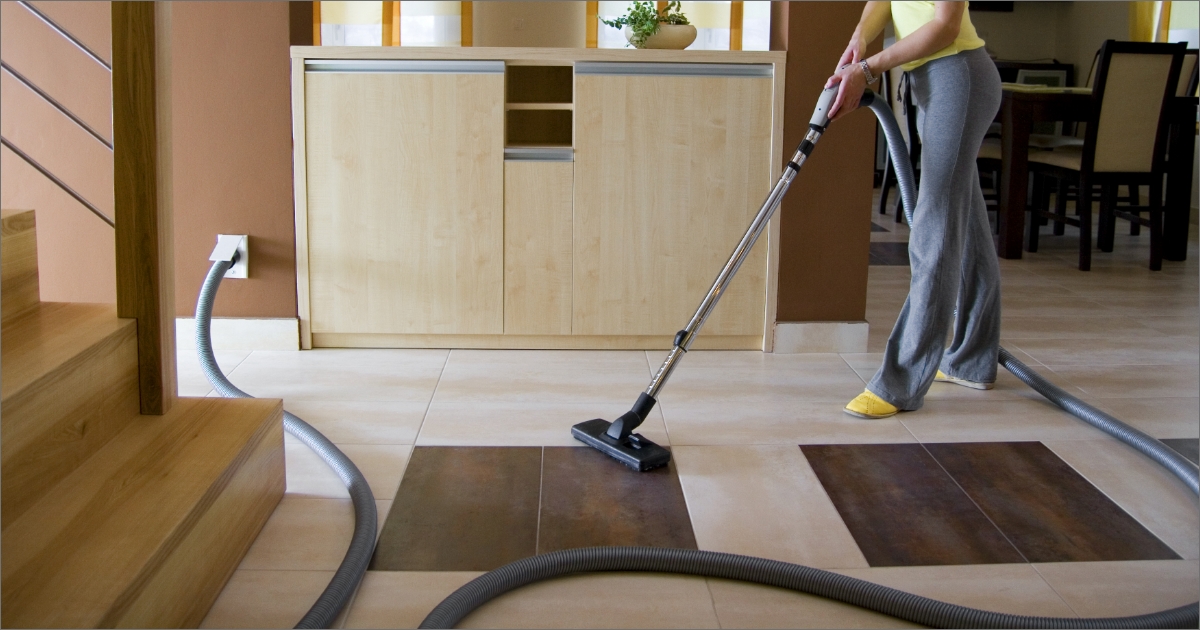7 Steps to Installing the Best Central Vacuum System

Are you thinking about upgrading your home with an Industrial Central Vacuum System? You’re not alone! Many homeowners are discovering the numerous benefits of these systems, from powerful cleaning capabilities to improved indoor air quality. But how do you get started with the installation process? Let’s walk through the seven essential steps to installing the best central vacuum system to make your home cleaner and healthier.
1. Planning Your Installation
Determine the best locations for the central vacuum unit and the inlet valves throughout your home. Typically, the vacuum unit is installed in a garage, basement, or utility room to minimize noise. Inlet valves should be strategically placed to cover all areas of your home, ensuring that the vacuum hose can reach every corner. A good rule of thumb is to place an inlet valve for every 600 square feet of space. Proper planning ensures that your system will be efficient and convenient.
2. Choosing the Right System
Not all central vacuum systems are created equal. When selecting a system, consider the size of your home and your specific cleaning needs. Look for a system with sufficient suction power to handle your home’s square footage. Pay attention to the unit’s motor size, filtration system, and ease of maintenance. Some systems offer additional features like integrated dustpans or automatic dirt disposal. Doing your homework and choosing a high-quality system will pay off in the long run, providing reliable performance and ease of use.
3. Gathering Your Tools and Materials
To install an industrial central vacuum system, you’ll need specific tools and materials. These typically include PVC pipes, elbows, couplings, adhesive, a hole saw, and a utility knife. You may also need a stud finder, drill, and measuring tape. Make sure you have everything on hand before you start the installation to avoid unnecessary interruptions. Preparing all necessary tools and materials in advance ensures a smoother installation process and helps you stay focused.
4. Installing the Power Unit
The power unit is the heart of your central vacuum system. Begin by mounting the unit on a wall in your chosen location, such as the garage or basement. Make sure the unit is securely attached and positioned near a power outlet. Once mounted, connect the power unit to the main intake pipe. This pipe will carry the dirt and debris from your home to the collection canister. Ensure all connections are tight and secure to prevent any leaks. Proper power unit installation is crucial for your system’s overall performance and longevity.
5. Running the PVC Pipe Network
The PVC pipe network is the backbone of your central vacuum system, connecting the inlet valves to the power unit. Start by mapping out the most efficient route for the pipes, minimizing bends and turns to maintain optimal suction power. Use a hole saw to create openings in walls and floors where needed. Secure the pipes with straps or clamps, and use elbows and couplings to navigate around corners and obstacles. Ensure all joints are glued securely to prevent air leaks. Taking your time to install the pipe network carefully will ensure smooth operation and powerful suction throughout your home.
6. Installing the Inlet Valves
Inlet valves are where you’ll connect the vacuum hose when cleaning. Install them in convenient locations around your home. Cut openings in the walls and use a mounting bracket to secure each valve. Connect the valve to the PVC pipe network, ensuring a tight fit. Once installed, test each valve by inserting the vacuum hose and checking for proper suction. Well-placed inlet valves make it easy to vacuum every area of your home without dragging a heavy unit around. Proper installation ensures that the system operates efficiently and provides maximum convenience.
7. Testing and Final Adjustments
With the installed power unit, pipe network, and inlet valves, it’s time to test your system. Turn on the power unit and check each inlet valve for proper suction. Walk through your home and vacuum various surfaces to ensure the system works correctly. If you notice any issues, such as reduced suction or air leaks, address them immediately. Double-check all connections and make any necessary adjustments. A thorough testing phase ensures your system is ready for use and will perform reliably for years.
Conclusion
Installing an Industrial Central Vacuum System can seem daunting, but following these seven steps can ensure a smooth and successful installation. Planning, choosing the right system, gathering your tools, installing the power unit, running the PVC pipe network, installing the inlet valves, and thorough testing are all crucial stages. For reliable and high-quality vacuum systems, check out Complete Engineered Solutions. They offer the best options tailored to your needs, ensuring a cleaner and healthier home. Upgrade your home today with Complete Engineered Solutions and experience the difference!


